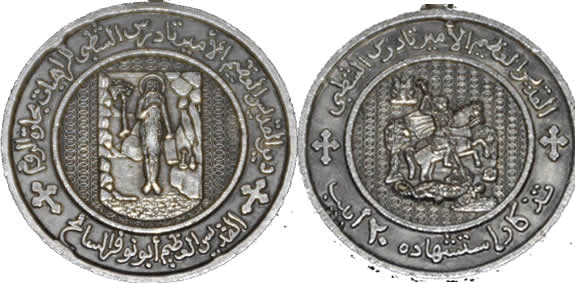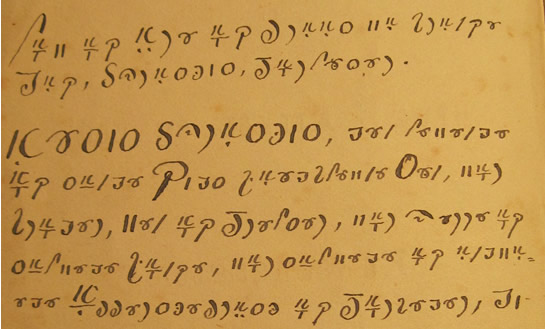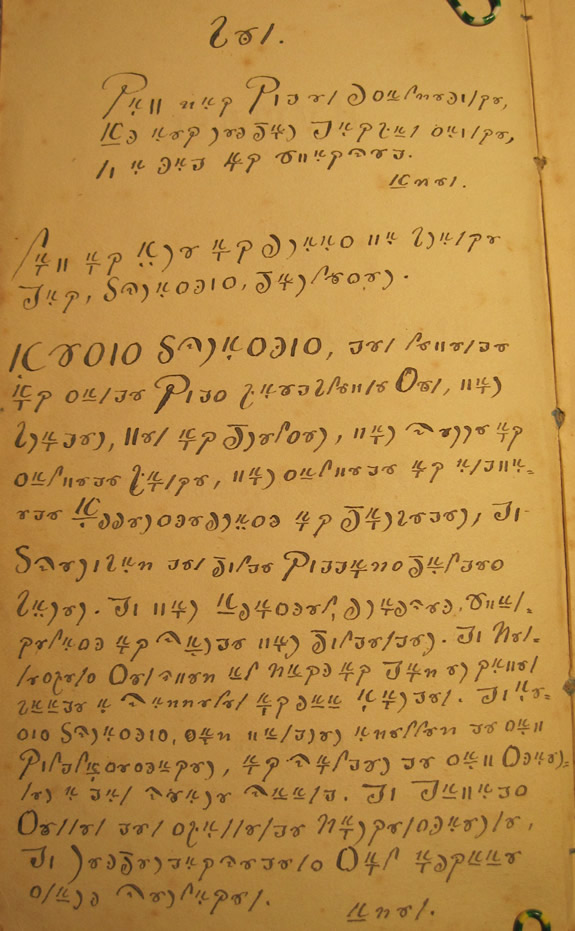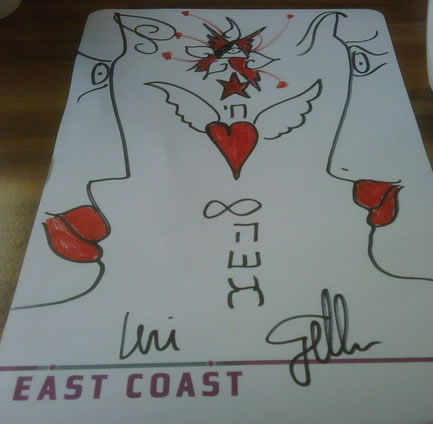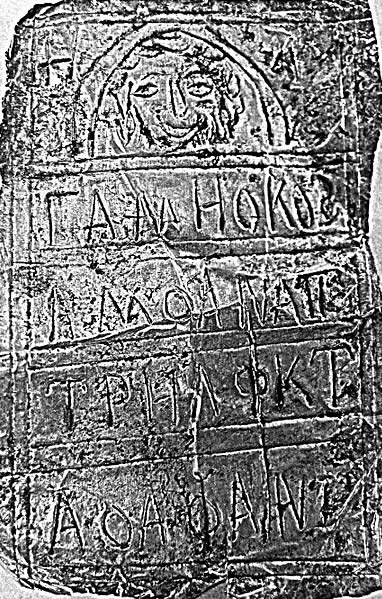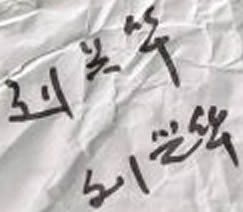They were talking about tattoos this morning on Radio Cymru and one of the presenters used the word croenlun, which I hadn’t heard before but could understand from the meaning of its component words – croen (skin) and llun (picture, image). This word doesn’t appear in any of my Welsh dictionaries so I suspect it isn’t very common – the usual Welsh word for tattoo is tatŵ.

Other Welsh words containing croen include croendenau (skin thin) – touchy sensitive; croendew (skin thick) and croengaled (skin hard) – thick-skinned, callous; and croeniach (skin healthy) – unhurt, unharmed.
The English word tattoo comes from one of the Polynesian languages – perhaps the Tahitian and Samoan tatau or the Marquesan tatu, which mean “puncture, mark made on skin”.
The image on the right was sent in by a visitor to Omniglot who would like to know if anybody recognises the symbol.
It looks like a tattoo and the symbol does look vaguely familiar to me, though I’m not sure where I’ve seen it before.


